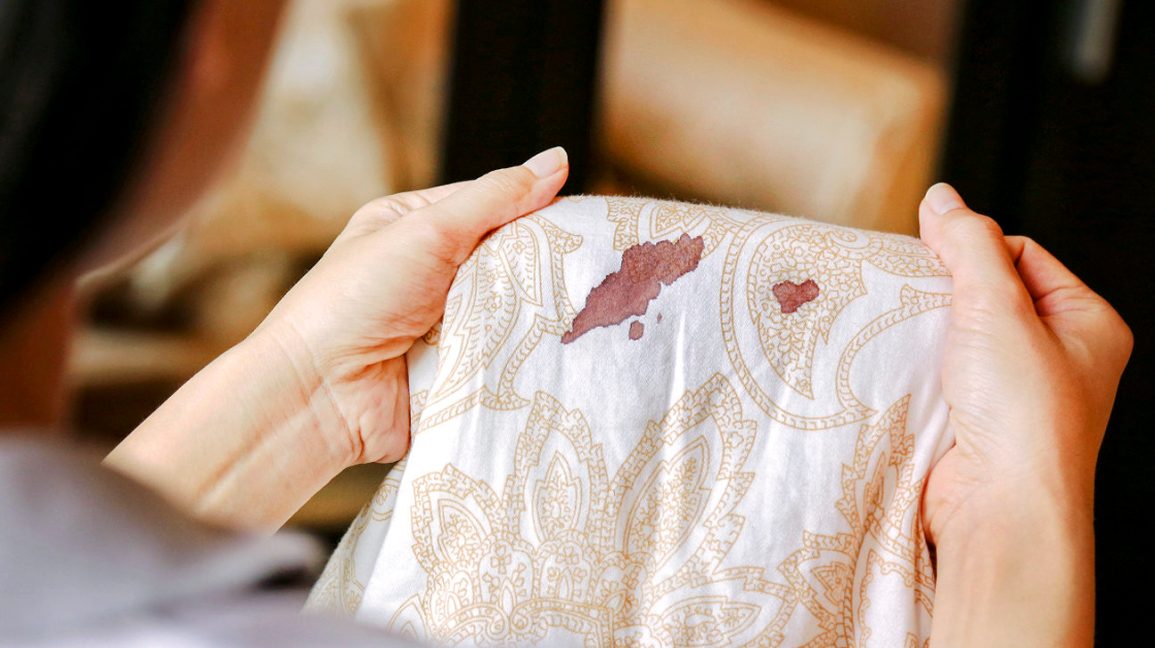
Cleaning dried blood off surfaces can be a bit daunting. What cleaning agent will do a perfect job in removing the stain off of clothes and other surfaces? Can bleach work? Or should you reach out to a professional crime scene cleaning company to handle the cleaning task?
Before deciding on the best line of action to take, ask yourself a few questions. What kind of clothing am I dealing with? Clothing is made up of different materials. Every type of fiber needs different type of cleaning method. Also, the size of the stain matters a lot. Small blood can be easily cleaned without professional help but that’s not the case when dealing with a pool of blood. Clothes soaked in blood are better off in a biohazard disposable bag.
Is Removing Blood Hard?
Blood clot when exposed to air, and this is caused by the hemoglobin it carries. This is one of the reasons why blood wound heal faster. Blood clot also helps prevent profuse loss of blood. When blood is outside of the body, it clots on whatever surface it spilled onto. Blood clot on fabric can be hard to remove.
Getting Rid of Blood Clot from Clothes
You put your own life at risk when you remove large blood stains without professional help or not using the right equipment. This is because blood as innocent as it looks can be deadly as it contains harmful pathogens such as hepatitis, HIV, MRSA and other infectious diseases. Anyone who comes in direct contact with infectious blood will get infected.
If you are dealing with smaller blood stains, here are some ways to remove it.
- Wet the blood stain with cold water. For fresh blood stains, soak fabrics in cold water immediately.
- Next, wash the stain off with soap, preferably with a bar soap then lather gently.
- Re-soak the blood stain with a pre-treatment stain remover. If you are dealing with a dry stain, then you might need a stain-removal solution. Leave the solution to dwell for some time.
- Apply a small amount of diluted ammonia on the blood stained area with the aid of a cotton swab.
- Take the fabric to the laundry. In the process of washing it, apply enzyme detergent, a standard type of laundry soap effective for removing stubborn protein stains. These kind of cleaners are safe to use in your home. Be sure that there are no signs of blood stain on the cloth before putting in the dryer. Once the blood dries on the fabric, then it might be impossible to remove the stain from the fabric.
When handling a large amount of blood stain, reach out to a crime scene cleaning company. These experts can remove blood stain and other biohazards from delicate fabrics. These technicians will remove every threat that are associated with direct contact with blood. Enjoy peace of mind when you hire these trained specialists to help keep your home and property safe. You will be happy with the transformation.







